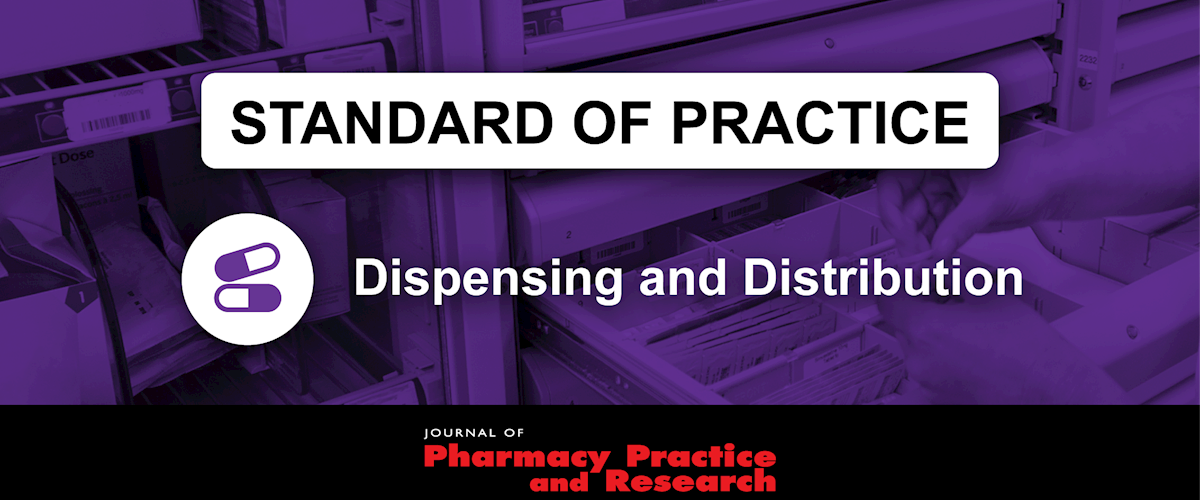Wed 22 December 2021
New Standard for critical medicines processes as Hospital Pharmacists now manage 24% of PBS
The Society of Hospital Pharmacists of Australia (SHPA) has released comprehensive guidelines on the dispensing and distribution of medicines in Australian hospital pharmacies, as new data shows the profession manages just under one quarter of the over $13.5 billion Pharmaceutical Benefits Scheme (PBS) expenditure in the most recent financial year.
The Standard of practice in dispensing and distribution for pharmacy services leads the December issue of the Journal of Pharmacy Practice and Research (JPPR), alongside key guidance on My Health Record and data on community pharmacists’ pandemic preparedness amid consumer stockpiling.
SHPA Dispensing and Distribution Chair Patrick Lam says Hospital Pharmacists are now the custodians of 24% of the ever-expanding PBS expenditure, with the Hospital Pharmacy sector also accounting for a majority of Section 100 program expenditure for complex and specialised PBS medicines.
‘This Standard provides comprehensive, evidence-based information on dispensing and supplying medicines, including PBS-subsidised medicines, in public and private hospitals, as well as safe and cost-effective models for hospital imprest systems and an update on the handling and storage of patients’ own medicines.’
SHPA Chief Executive Kristin Michaels says the Standard is particularly important given the divergent levels of access to medicines and pharmacy care across the country.
‘Whether receiving care in public or private hospitals, across metropolitan, regional, rural or remote communities, Australians expect comparable levels of access and consultation regarding their medicines, ideally from a hospital pharmacist.
‘The goal is to ensure optimal dispensing and distribution services, centred on direct patient interaction, in inpatient, outpatient and ambulatory care settings irrespective of service type.
‘We’re also thrilled to publish new content for our prestigious, overarching SHPA Standards of Practice for Clinical Pharmacy Services in this issue, focusing on the use of My Health Record in pharmacy practice and workflows.
‘This chapter aims to educate pharmacists about effectively integrating the use of My Health Record into clinical care and discharge documentation, a product of the close partnership between SHPA and the Australian Digital Health Agency (ADHA).’
The December issue of JPPR also includes insight into consumer stockpiling from pharmacies throughout COVID-19; Sam Keitaanpaa and Mary Bushell finding only 36.7% of pharmacists felt adequately prepared to cope with the challenges of the pandemic, as aggressive and hostile behaviour from customers affected pharmacists, their staff, business and other pharmacy customers.


